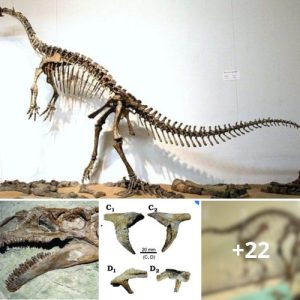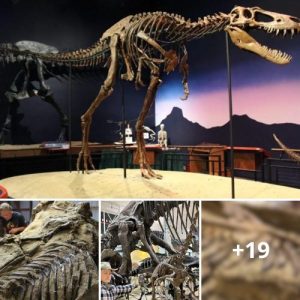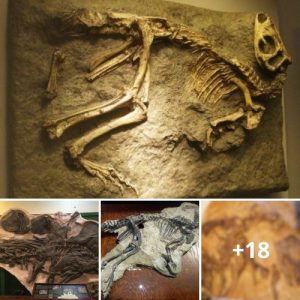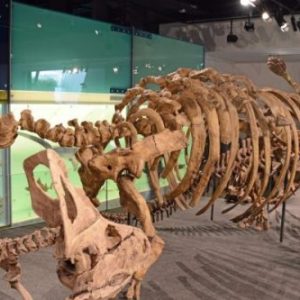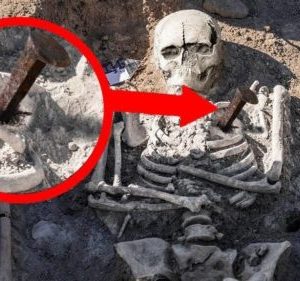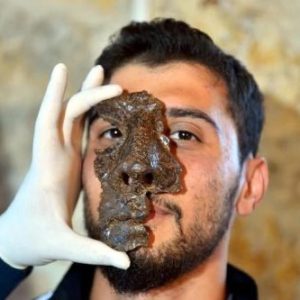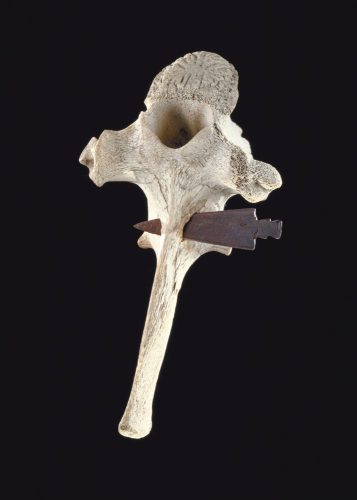
In the realm of archaeological discoveries, few findings captivate the imagination more than ancient weapons that have stood the test of time. Among these intriguing relics are the bone-piercing spears used in Roman Gaelic warfare over two millennia ago. These enigmatic artifacts serve as a window into a tumultuous period of history, offering insights into the tactics, skills, and technologies employed by warriors of that era. In this article, we will delve into the fascinating world of these bone-piercing spears, exploring their history, significance, and enduring mysteries.
The Historical Context
The bone-piercing spears in question date back to the time when the Roman Empire clashed with the Gaelic tribes of ancient Britain. This tumultuous period, spanning several centuries, witnessed fierce conflicts, territorial disputes, and a relentless struggle for dominance. The Roman legions, armed with advanced weaponry and disciplined formations, faced off against the resourceful and tenacious Gaelic warriors.
The Remarkable Preservation
What sets these bone-piercing spears apart from other historical artifacts is their remarkable state of preservation. For more than 2,000 years, these weapons have defied the ravages of time, surviving underground, hidden from view. They serve as a testament to the craftsmanship and materials used by ancient blacksmiths, who crafted these spears with exceptional durability in mind.
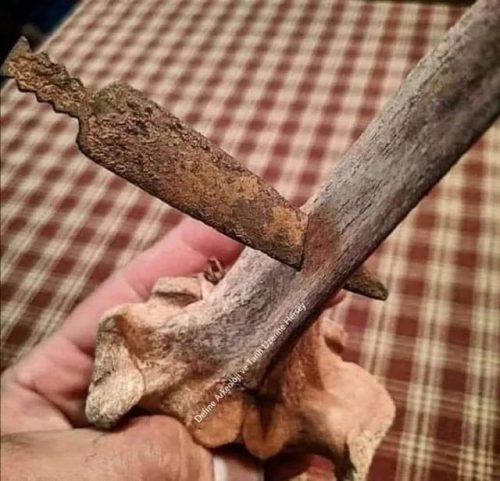
Design and Construction
The bone-piercing spears are aptly named for their unique construction. These weapons featured tips made from animal bones, typically boar or deer antlers, which were meticulously shaped and sharpened to create a deadly point. The bone tips were then securely fastened to wooden shafts, creating a formidable weapon capable of piercing armor and inflicting mortal wounds.
The choice of bone as a primary material for spear tips is intriguing. It is believed that the Gaelic warriors’ resourcefulness led them to use available materials, as metal resources may have been scarce in their region. The use of bone as a piercing weapon underscores the ingenuity of ancient craftsmen who maximized the effectiveness of the materials at their disposal.
Tactical Advantage
The bone-piercing spears offered Gaelic warriors a significant tactical advantage in battle. Their sharp, bone tips could penetrate Roman armor, which was often made of metal. This made the Gaelic warriors a formidable opponent for the Roman legions, who were unaccustomed to facing such weapons. The spears allowed the Gaelic warriors to strike swiftly and effectively, making them a force to be reckoned with on the battlefield.
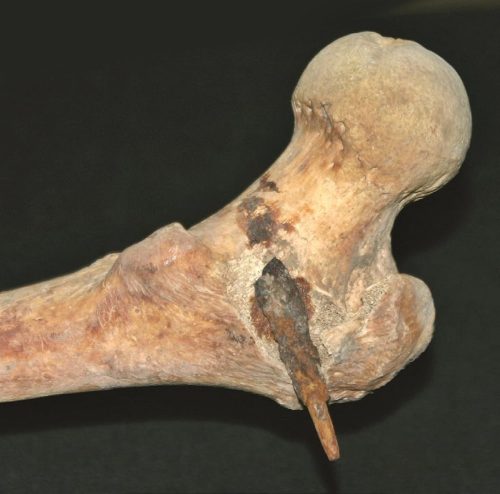
Uncovering the Enigma
While the bone-piercing spears shed light on the ingenuity of ancient warriors, they also leave behind a multitude of questions. How were these weapons manufactured with such precision using rudimentary tools? What was the extent of their usage in battle, and what tactics did the Gaelic tribes employ to maximize their effectiveness? These questions continue to fuel scholarly debate and intrigue.
Preserving History
The preservation of these bone-piercing spears is a testament to the enduring value of historical artifacts. Archaeologists and historians work tirelessly to uncover, document, and analyze these relics, ensuring that the stories of ancient conflicts and cultures are not lost to time. The spears serve as a reminder of the resilience and adaptability of humanity throughout history.
The bone-piercing spears of Roman Gaelic conflict, with their remarkable preservation and unique construction, offer a glimpse into a bygone era. These enigmatic weapons have endured for over two millennia, captivating the imagination of historians and enthusiasts alike.
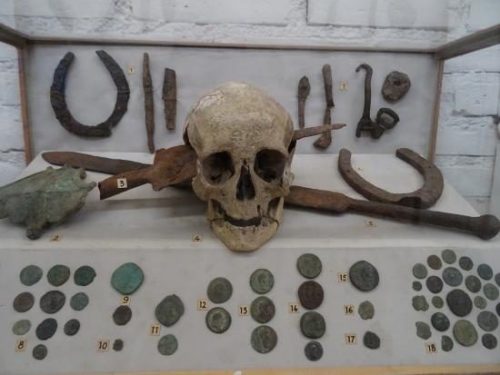
They serve as a testament to the resourcefulness of ancient warriors and the enduring mysteries of our shared human history. As we continue to unearth the secrets of these bone-piercing spears, we gain a deeper understanding of the dynamic and complex world of Roman Gaelic warfare.

